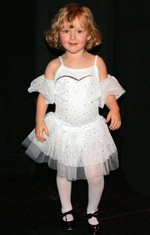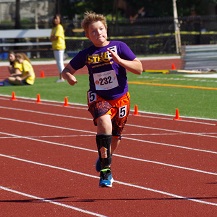 The information provided on each sport is based on direct personal experience. As every child with cerebral palsy is different, your child’s experience and success in a particular sport may vary. However, the following should provide useful insights on how to proceed and what to expect.
The information provided on each sport is based on direct personal experience. As every child with cerebral palsy is different, your child’s experience and success in a particular sport may vary. However, the following should provide useful insights on how to proceed and what to expect.
Dance involves learning a series of physical movements to music. There is a great deal of overlap between dance and beginner gymnastics in terms of building body awareness, coordination, flexibility, timing, positioning, and spatial awareness. I believe dance in excellent. However, to be effective for the child with cerebral palsy, you must find a dance instructor that will take the time and effort to continually remind the child to use their affected side, as well as physically put them in position if need be. Though dance is enjoyable, its effectiveness as a substitute therapy will depend on the instructor. If the instructor is not attuned to the special needs of the child, or if the class is a group large lesson, dance will not specifically address the needs of the affected side, as the child will tend to do all of the movements one-sided. It could be very beneficial if the instructor takes the time to work one on one with the child or if you can do private lessons. The degree of success with dance will depend on interest level, the degree of spastic tone in the affected limbs, and the instructor.






